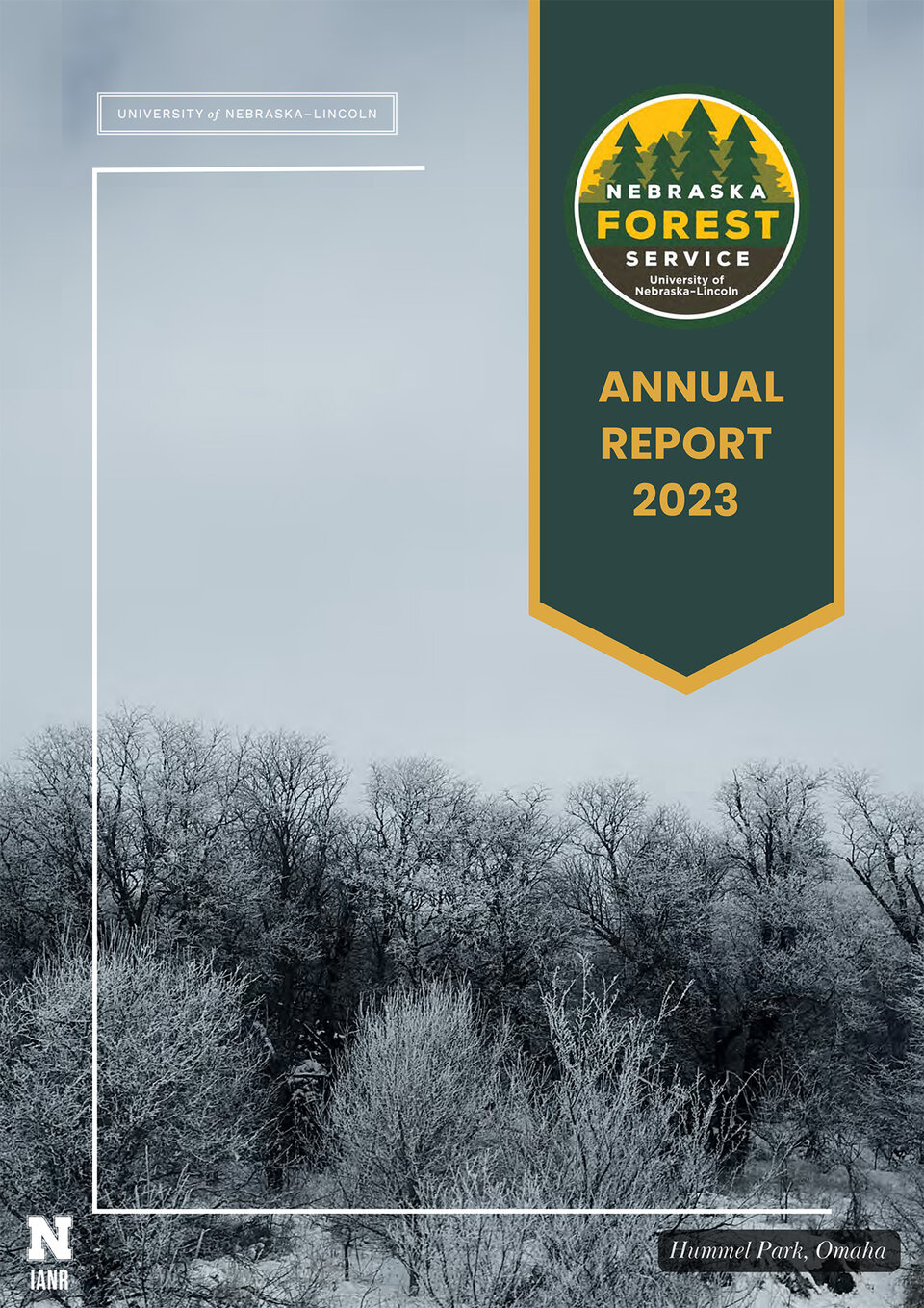
Our Organization's Publications
We ensure trees continue to play a role in the lives of all Nebraskans. This includes assessments in locations considered to be priority forested areas; the strategies that will be implemented to address the challenges that exist; and, how the agency’s resources will coalesce to bring the state’s trees and forests to a healthy and sustainable condition.
NFS Action Plan NFS Strategic Plan 2021-25 NFS Annual Report 2023